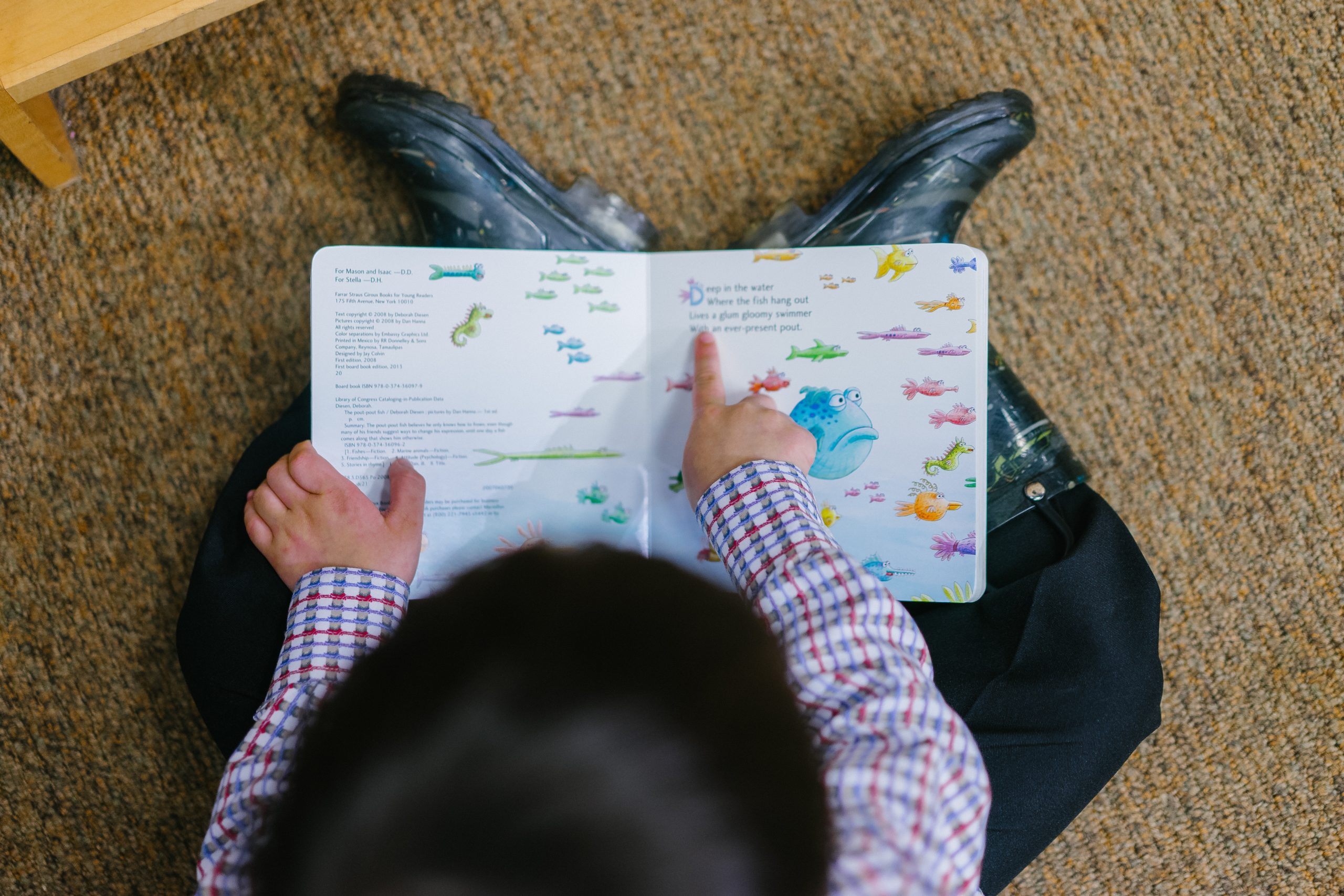
What to do if your kids HATE reading: Advice for parents of reluctant readers
As a children’s librarian, I spend a lot of time helping families find books– but what about when a kid doesn’t WANT any books? Every suggestion shot down, every title rejected with barely a glance, award winners and popular authors ignored like yesterday’s oatmeal.
Yup, I meet a lot of reluctant readers, and their confused and unhappy parents.
“My child used to LOVE to read books. They used to read every day and now they read…nothing.”
Or: “My kid is more interested in video games than in books, but his teacher says he MUST get his reading score up or he’ll have to go to summer school.”
Or sometimes it’s this: “I’ve read all the good books and there’s nothing left to read.”
All of them are asking: “What do we DO?”
Being a reluctant reader can be just as stressful as parenting one, and finding a fix can be a tricky situation.
Luckily, it’s not a HOPELESS situation.
The truth is that there is NO one easy way to turn a reluctant reader into a bookworm. It takes a lot of hard work, determination, and support from family, friends, and teachers.
But it CAN be done.
Why do kids stop reading?
Kids stop reading for many reasons, some of which are:
They become discouraged, either by running into a “reading wall,” or from focusing on the wrong things, or they have legitimate learning struggles (dyslexia, etc.).
A “reading wall” can be something like not being able to read longer/higher level books, or even “can’t find anything good to read.” (We have reading lists to help with THAT problem.) It’s almost like they hit a plateau– they’ve read lots and lots of smaller chapter books, but can’t make the jump to longer ones. Maybe they can’t concentrate for that long of a time, or maybe they just don’t have the necessary vocabulary to keep going.
Focusing on the wrong things can be: worried about reading program scores, such as Accelerated Reading points; wanting to look “cool” by reading the “right books;” not being able to write a book review or report which leads to not wanting to read a book in the first place, and so on.
And finally, if you think your child might have a learning struggle or learning disability, please talk to your teacher/school resource counselor about getting them tested and diagnosed. There are many resources available for students, both inside school and in the home, and it can be life-changing to get proper support.
But then there are the kids who were never bookworms…
Kids who hate reading, and always have
This can be one of the most painful situations to run into. It’s usually a combination of circumstances:
They don’t live in a print-rich environment.
No books in the home, no books at school, and nobody in their family reads regularly. The family never visits the library, goes to bookstores, buys a newspaper, or listens to audiobooks. Children mirror what they see, and if the whole family refuses to read, they will refuse to read as well.
Or perhaps they have learning disabilities, and finding their way through that in their early developmental years meant they never got into the habit of reading.
Whatever the reason, developing a love of reading later in life can be difficult and confusing. But it’s ESSENTIAL, not only for success in school– but success as an adult.
Finding support at school
The good news is that you aren’t going to do this by yourself! You have at least one partner: your child’s teacher(s) and the school’s support staff. Together you can work to get your kid on the right track to reading again.
Ask: what has the teacher observed in your child’s language/English classes? How does your child act– how are they reading? What’s their writing like? If they have a school library they visit, how do the visits go?
Ask: what can you do to support your child at home? Do they have any resources for you, or know of any support from the school that may help? Is an IEP necessary?
Discuss: strategies to improve your reading environment at school and at home, such as specific books teachers recommend. Is there a classroom library that your child can borrow from? Does the class get magazines to read for social studies?
The uphill battle
So one of the toughest parts of this process will be getting your kid on board.
Change is hard, and if a child stopped reading because of a learning disability or other stress point, getting them back on the book reading train can be a challenge. Convincing them to give books a shot can be like pushing a boulder up a hill.
The thing to remember is that this is a commitment to creating a lifelong bookworm. It’s not enough to just want to increase reading scores for a year or two: you (and your child) need to understand that it’s a LIFESTYLE change for a LIFELONG benefit.
For their own benefit, of course! And, to be honest, for your benefit as well.
If you keep that in mind, you’ll be able to weather any growing pains.
Discuss: why you want them to read books and why it’s important— and focus on the things that they’ll be able to connect with their experience in school, like wanting them to increase vocabulary, do well on their book reviews, and learn new things.
Discuss: ways they can be involved in family reading life. Do they pick the audiobook you listen to in the car? Do they host a family book review evening? Carry the family library tote bag?
If there’s pushback: be firm, but fair. Don’t back down. Make it clear that this is an important part of family life now, and stick to that.
Creating a family of bookworms
First and most important: increase the amount of reading materials in your home. Add books, newspapers, magazines, and comic books to EVERY room of the house, not just the living room or bedroom. (Add it to the car if you drive them to school!)
Encourage everyone in the family to read and discuss what they’re reading with each other. This includes you, parents!
Children mimic what they see, and so it’s VERY important for them to see you enjoying books as well. You don’t have to finish a book a day, but you should be reading for at least 20-30 minutes, same as your kid. Not only will this encourage them (“mom’s reading, too! Cool!”), but it’ll demonstrate good habits (“if dad thinks it’s good to read every day, I’ll read every day, too.”)..
This leads into the second step: establish a reading routine for your family. I have a whole post about creating a family reading routine, so check that out for more info.
But basically: read every day, for 20-30 minutes, whether it’s an audiobook, novel, or magazine.
A good reading routine includes non-book reading. Short stories, comic books, magazines, newspapers: all good reading, and sometimes easier to do than read a whole book. The goal is to get them reading regularly, and how they do it isn’t as important as actually doing it.
Third, visit the library at LEAST every three weeks. (*Three weeks is the limit for one checkout at my library. Adjust to match yours!)
Make library visits a regular and fun occurrence. Not only is this an easy way to get more reading materials on the cheap, but it establishes that books and libraries are an important aspect of family life.
Take advantage of library programs, cozy seating, and any reading lists they have. Be sure to ask your librarians for book recommendations!
Fight the good fight!
Things can be slow to change. Reading reluctance can be a difficult hurdle to overcome. It can take a VERY long time, and a lot of effort, to turn things around– but you must persist.
You must dedicate yourself to growing a lifelong reader, and you must go all in.
It’s the best chance your child has of growing up with strong language skills, emotional intelligence, and a love of learning. No matter how hard the struggle, it’ll be worth it in the end.
If you found this post helpful, please leave a comment below and share with your friends!


